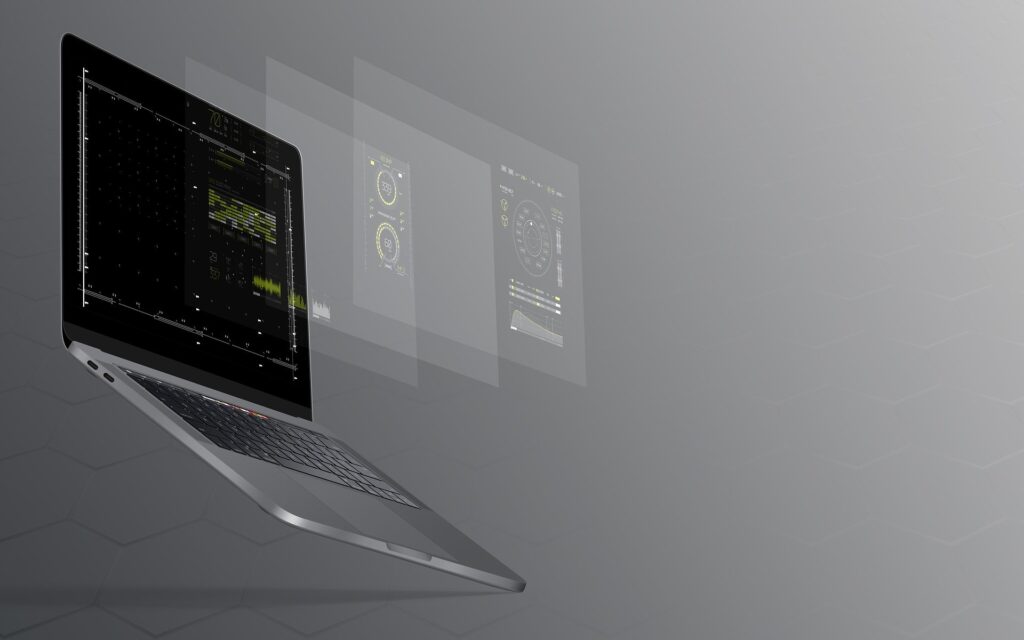A Harvard Business Review and Snowflake Computing study found that businesses that use data to make decisions are more likely to succeed. Big data is not a new concept but its adoption rate is increasing because of the benefits it provides to retailers. If you haven’t done so already, it is time to get onboard because big data is the key to success. All top retailers such as Netflix and Amazon are using big data as a tool to learn more about their customers and applying strategies to boost sales and revenue. Today, the retail industry is changing at a rapid rate and without big data, any business can fail.
How You Can Reap Benefits By Using Data in Retail
Even if you have the best insights in the world from big data there is no point if you are unable to use it to make changes to how you do business. Here are some ways you can use data in retail to attract new customers, retain existing customers, and increase overall sales.
Personalize User Experience
You can get insights about your customers from big data and you should use it to better serve your customers by personalizing their experience. According to a study by SmarterHQ, over 70% of customers engage with brands that provide personalized messaging. A study by Adobe revealed that nearly 70% of customers say they won’t buy from a brand that doesn’t offer them a personalized experience. So yes, use big data to personalize your customer’s experience. Take the example of Amazon which has stated that nearly 30% of its total sales are because of personalized recommendations.
Optimize Pricing
For 60% of people, price is the most important factor in their buying decision. Price is important. Big data reveals information that can enable you to optimize your pricing. You cannot expect success by just being a retailer who has the lowest price because it doesn’t work that way anymore. You need to optimize your pricing so you and your customers are happy. This can be tough but big data can help you find that sweet spot where you can earn a good margin and your customers are willing to spend that much for the product.
Use Data To Forecast Demand
When products go out of stock, your customers can go to your competitors if it is a product they really need urgently. In such a case, big data can help because it can efficiently forecast demand. This enables you to keep enough stock so even in the case of surplus demand you have sufficient supply to meet your customer’s needs. You can find out what your customers are searching for more frequently and this can help you get an idea about demand too. Big data reveals information about what the future trends can be and this can help you understand the demand and how certain factors can play a role in your product’s demand.
Launch New Products And Services
When customers show interest in a particular product and there is no dip in demand, then it can point to their continued requirement of the product. This is the power of big data because it can help you understand how much your products are valued. This can help you understand which types of products are constantly needed and bought. Based on this, you can launch new products which are improved versions of the products you are currently selling. Big data empowers you to understand your customers’ needs completely.
Get The Timing Right
Yes, there is a best time for everything. And instead of just relying on guesswork, big data can enable you to know when the best time is for you to go things. Which products were bought most and when? Which customers shopped for a particular category of products and at which time? Do your customers shop on particular days more often? Questions like these can be answered by big data which can reveal the best time for your marketing strategies to work. This can help cut down costs yet target your old customers and new ones precisely.
Learn About Competitors
A study has found that over 80% of shoppers spend time comparing products before they make a purchase. With the help of big data, you can find out which products are only offered by you and which ones your competitor is successfully selling. You can find out about product assortment and other details. When you are aware of your competitors you are able to make better decisions to stand out and make decisions that give you a competitive edge. For instance, product matching can help you find out similar products being sold by competitors.
Provide Better Customer Service
A study by Walker concluded that 86% of customers are willing to pay more if they have a good customer experience. Another research found that 96% of buyers are loyal to brands that offer great customer service. Big data can help you improve customer service which can help retain existing customers and encourage new customers to become loyal. You should use big data to find out what customers like and what they dislike about your brand. This can help you make improvements in various parts of your business.
3 Examples Of Retailers Who Have Harnessed The Power Of Data
There are examples galore of retailers who have used big data to make decisions that have been quite beneficial to them. The following are examples of how some brands have used big data and benefited from it.
Target
Target made use of big data in 2012 by identifying patterns of buying behavior that revealed which women were pregnant or are about to give birth. They used this information to target women to buy at Target so they would continue being loyal to the brand after the baby was born. Target used insights from big data to create personalized strategies that worked wonders and helped increase its revenue manifolds.
Starbucks
Big data caused Starbucks to innovate and it is the reason why it is as popular today as it was before. Using big data, Starbucks was able to get information such as buyer behavior, traffic, and location to see if it had the potential to earn a profit. This enabled Starbucks to open various branches in close locations while earning well. Moreover, it provided personalized customer experience which helped it grow further.
The Weather Channel
An interesting example of big data use is when Walgreens, Pantene, and the Weather Channel partnered together. The Weather Channel used big data to provide information such as when the level of humidity will be high. Walgreens and Pantene used that information to target women to buy anti-frizz products at their stores during those times. This led to an increase in sales of 10% and 4% for Pantene and Walgreens respectively.
There is no escaping big data in retail. It was used in the past, is currently being used in the present, and will definitely be used by more retailers in the future. Big data is the ultimate answer to winning in retail. But remember that the application of big data is what makes a world of difference. As you have seen in the examples above, those retailers who cleverly used big data were able to increase sales and connect to customers. But how can you get started on big data that will give you valuable insights? You can try Intelligence Node solutions as it offers a range of solutions that can help you better your business and make it more successful.




